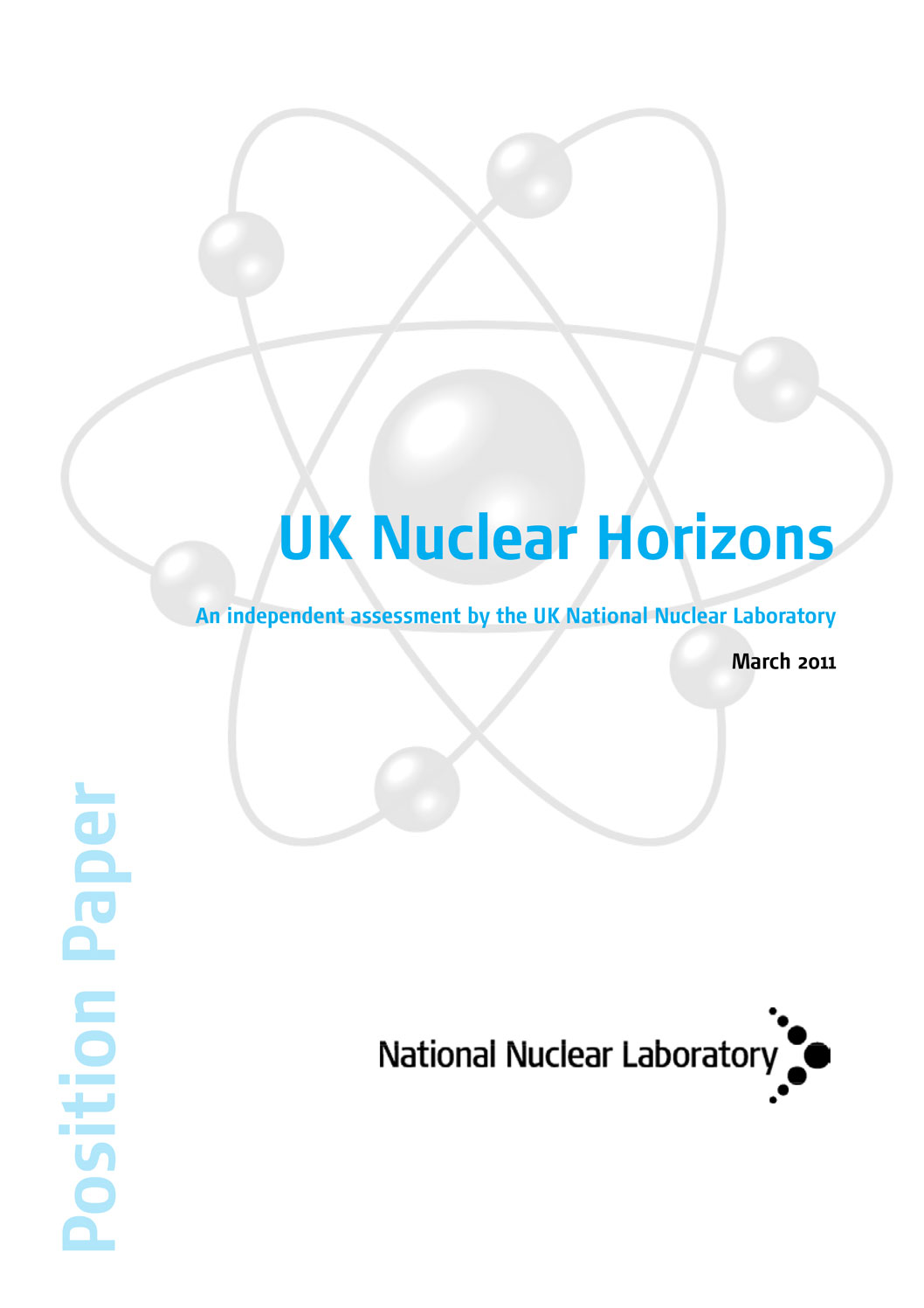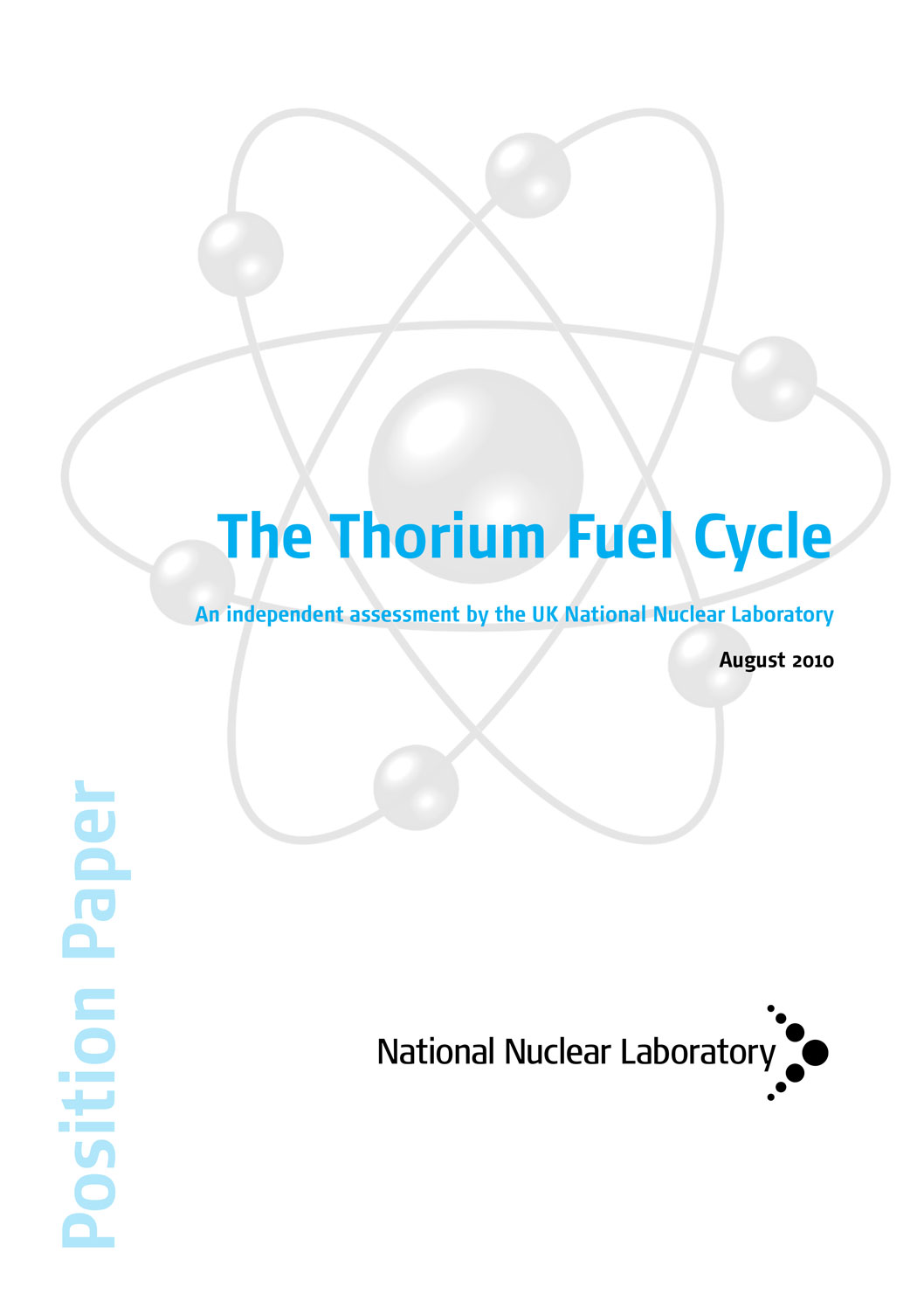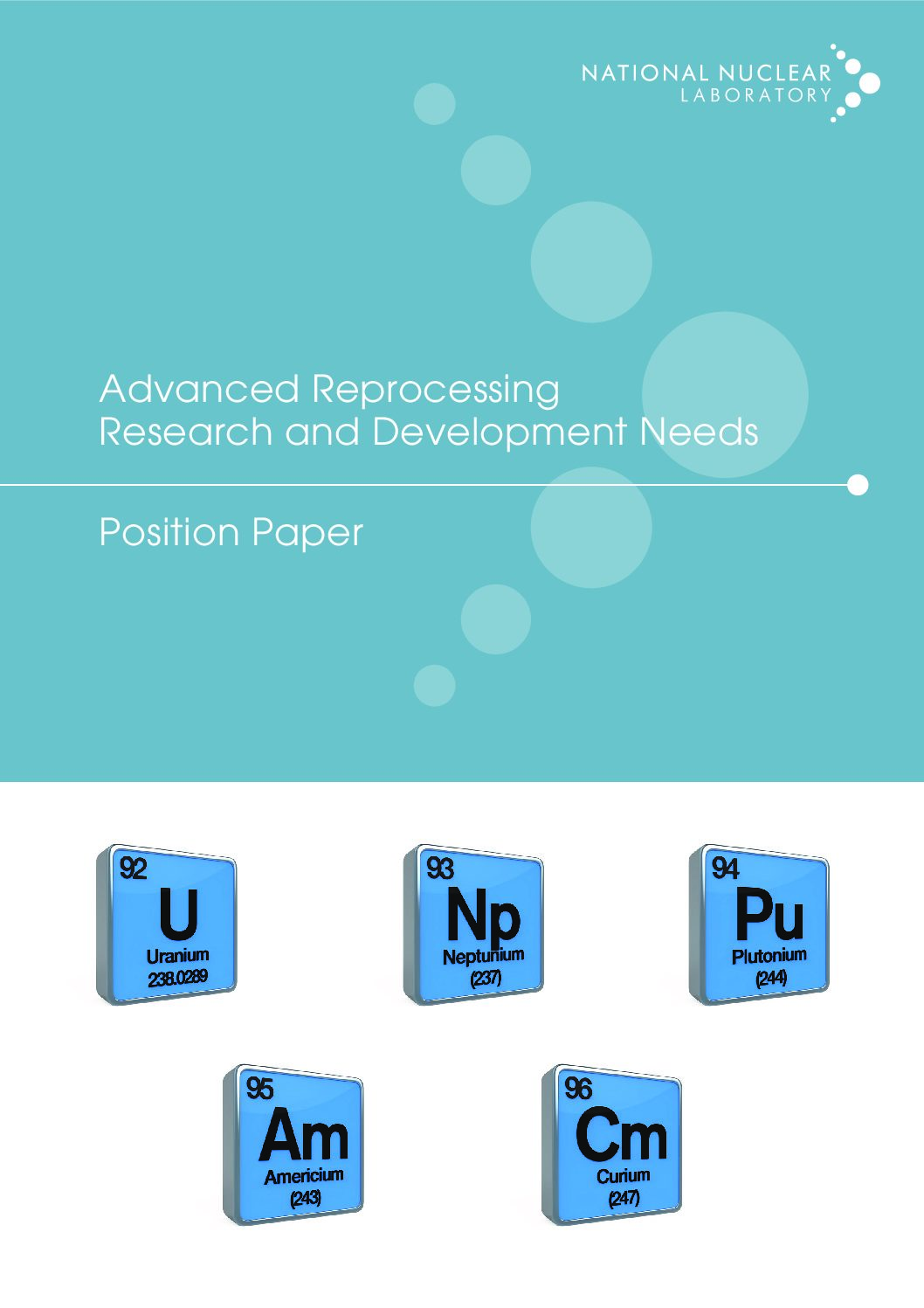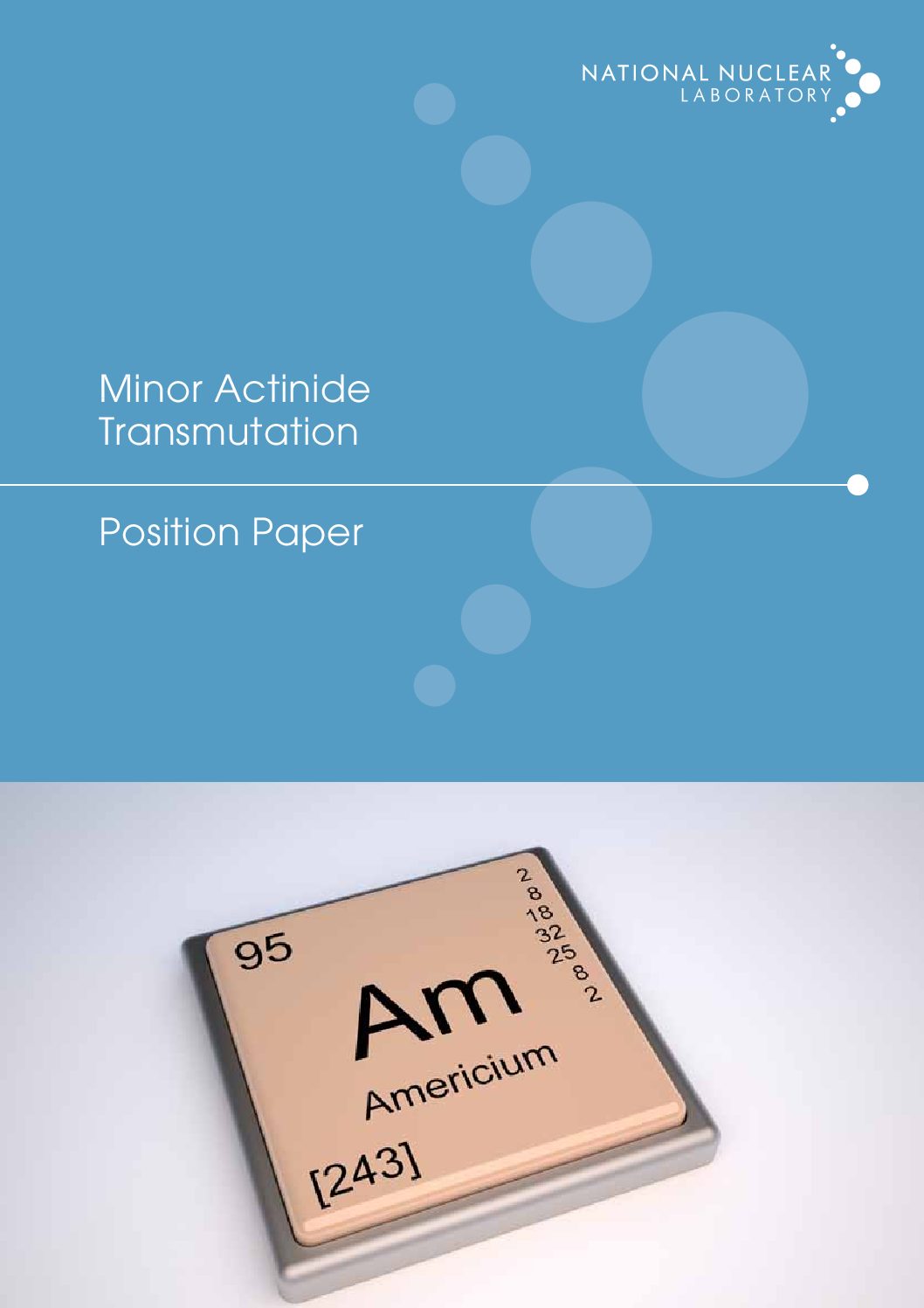Yn gyffredinol mae technoleg ymholltiad niwclear yn tueddu i gael ei weld ar lefel fwy datblygedig. Fodd bynnag, y mae dal nifer o ddatblygiadau mewn gwyddoniaeth a thechnoleg yn cael eu gwneud ar draws y cylchred danwydd.
Bydd y datblygiadau hyn yn cynorthwyo i gwrdd â heriau gofynion ynni’r dyfodol a diogelwch cyflenwad. Byddant yn cynorthwyo i wella effeithlonrwydd a diogelwch gweithrediadau niwclear a glanhu. A byddant yn caniatáu i ddiogelu datrysiadau rheoli gwastraff hir-dymor gan gynnwys gwaredu ac ym maes lleihau bygythiad radiolegol-niwclear.
Mae gan LNC flynyddoedd lawer o brofiad o’r cylchred tanwydd niwclear a gwyddoniaeth a thechnoleg cysylltiedig ac mae mewn sefyllfa ddelfrydol i gynghori’r rhai sy’n gwneud penderfyniadau ar bynciau allweddol sy’n bwysig wrth ystyried gallu’r DU i wynebu’r heriau niwclear hyn.
Mae safbwynt LNC ar y pynciau hyn yn cael ei nodi mewn cyfres o Bapurau Safbwynt. Mae’r papurau hyn yn adlewyrchu ein barn annibynnol ac awdurdodol ac fe’u cefnogir gan astudiaethau sy’n eu hategu.
Conditions for a nuclear renaissance are falling into place in many countries. New nuclear build is recognised as having a clear role as part of the future energy mix. Our latest position paper sets out our assessment of the key areas that need to be considered and addressed in order to implement a workable strategy for our future energy supply.The thorium fuel cycle presents an alternative option to the usual uraniumplutonium fuel cycle that has long been advocated and researched, but which has yet to be adopted on a commercial scale.
Download PDF
This feasibility study looks at the potential use of Small Modular Reactor (SMR) technology in the UK.
The report was produced on a cost share basis with Government by a consortium of organisations under the project management of NNL, and led by independent project director Gordon Waddington. In addition to NNL, the consortium comprised Amec, Atkins, KPMG, Lloyd’s Register, the Nuclear Advanced Manufacturing Research Centre, Rolls-Royce and The University of Manchester.
Download PDF
In recent years, interest in the thorium fuel cycle has grown notably, with several commercial and research organisations looking to undertake assessments of thorium fuels for a variety of reasons. This paper provides an independent review of the thorium fuel cycle by the UK National Nuclear Laboratory (NNL), highlighting the strengths and weaknesses of thorium, not just in the UK context, but globally.
Download PDF
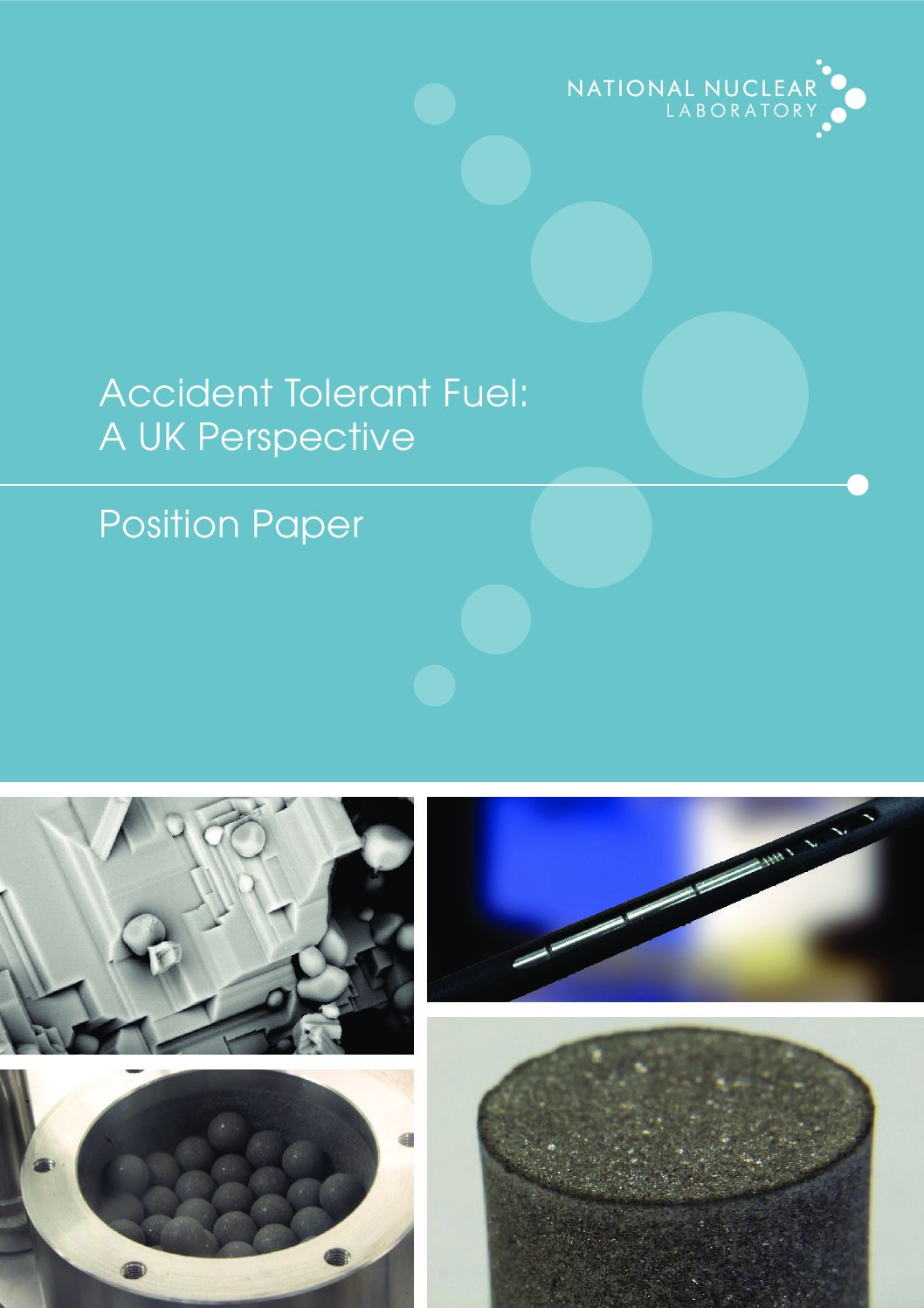
Accident Tolerant Fuel: A UK Perspective
Read more
Accident Tolerant Fuel (ATF) represents a significant opportunity for the UK to utilise expertise in nuclear fuel manufacturing to develop and commercialise ATF products, securing manufacturing jobs in the UK and developing export opportunities.
The UK could benefit from future deployment of ATF in a new generation of Light Water Reactors (LWRs)
including certain designs of Small Modular Reactors (SMRs).
The UK should be an active participant in international collaborations on ATF, evaluating concepts and developing them through to commercial products.
Download PDF
"Advanced Reprocessing - Research and Development Needs" looks at the requirements to support options to close the fuel cycle in the 21st century.
The expected growth of nuclear energy in the UK and globally, as part of the mix of safe, secure and low carbon energy supply needed by 2050, will result in substantial quantities of used nuclear fuel in storage. Disposal of used fuel in a Geological Disposal Facility (GDF) towards the end of the 21st century, or even later, is a feasible route for this used fuel, the so-called ‘open’ or once-through nuclear fuel cycle.
Download PDF
For many years there has been a sustained international interest in partitioning and transmutation of the minor actinides neptunium, americium and curium produced by fission reactors. Although these three elements are produced in relatively small quantities in fission reactors, they are major contributors to the decay heat, neutron output and radiotoxicity of spent nuclear fuel.
Implementation of minor actinide transmutation on a commercial scale will require major research and development effort sustained over many years and is not likely to be available for at least twenty years. This position paper sets out the view of the UK National Nuclear Laboratory's (NNL) of the potential role of minor actinide transmutation in the context of nuclear waste management in the UK.
Download PDF

Boiling Water Reactors Position Paper
Read more
The purpose of this paper is therefore to give a description of BWR technology and to set out the basic design and operating principles of the BWR, with a more in-depth look into Hitachi-GE's ABWR. The evolution of the BWR is discussed, followed by a global overview of BWR deployment. The reactor core and nuclear fuel are then described, with particular emphasis on the differences and similarities between BWRs and PWRs (of which the UK has in-depth knowledge via Sizewell 'B' PWR).
Download PDF
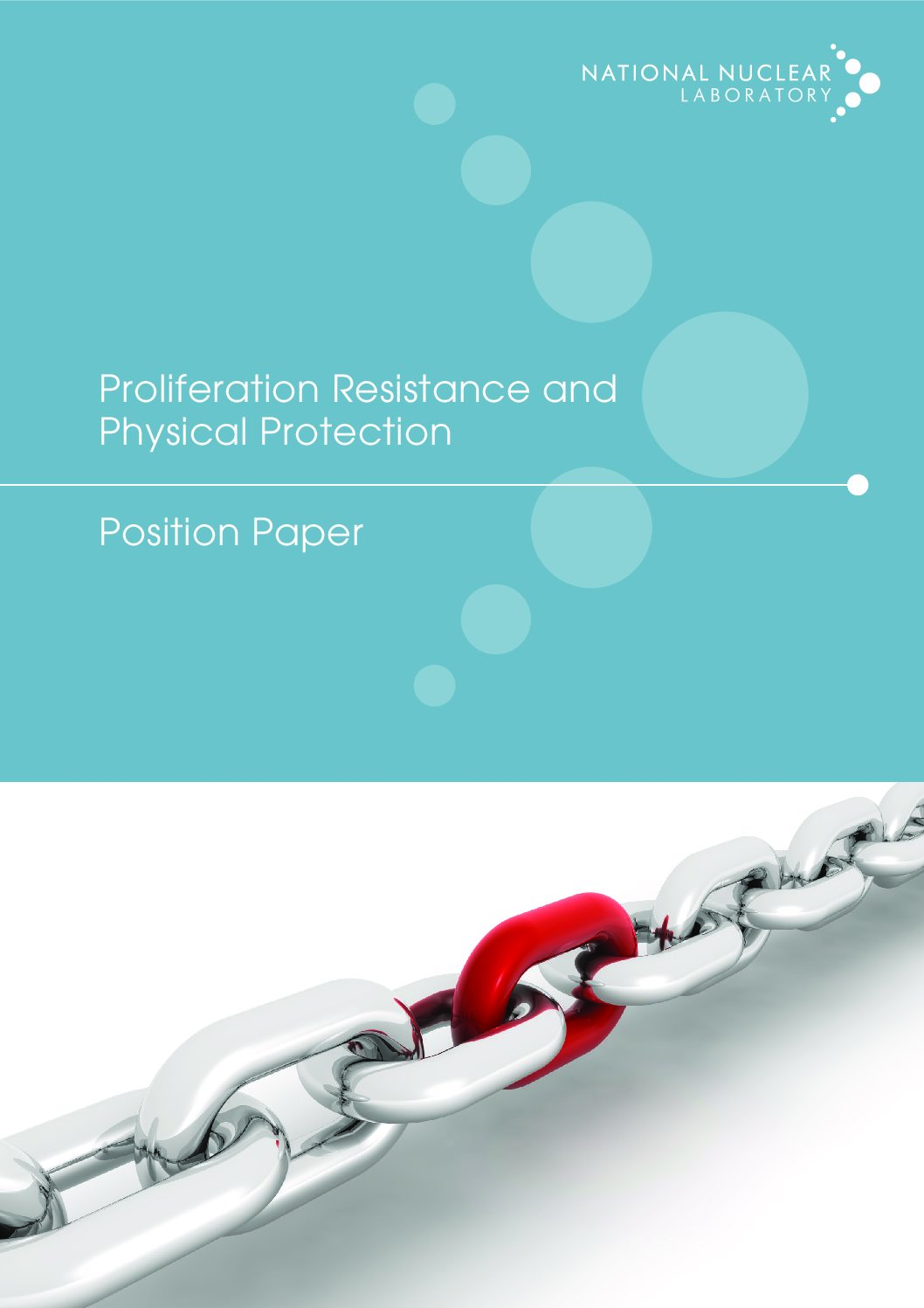
Proliferation Resistance and Physical Protection
Read more
Assessing the inherent Proliferation Resistance and Physical Protection (PRPP) characteristics of nuclear systems is an area that is becoming increasingly important internationally. International efforts to stimulate the development of advanced nuclear systems, such as the Generation IV International Forum (GIF) and the IAEA International Project on Innovative Nuclear Reactors and Fuel Cycles (INPRO) project, have identified the need to strengthen features that provide inherent PRPP. The UK National Nuclear Laboratory (NNL) has been proactive in developing a PRPP assessment methodology in support of UK requirements in this area. Although PRPP assessment methods were developed primarily to guide decision making on advanced reactor and fuel cycle R&D, they can also be applied in other contexts, such as the management of historic UK liabilities. This position paper explains the issues involved in PRPP assessments and highlights why NNL decided to develop its own methodology and why the new method is suited for real world application not just in the UK, but internationally.
Download PDF
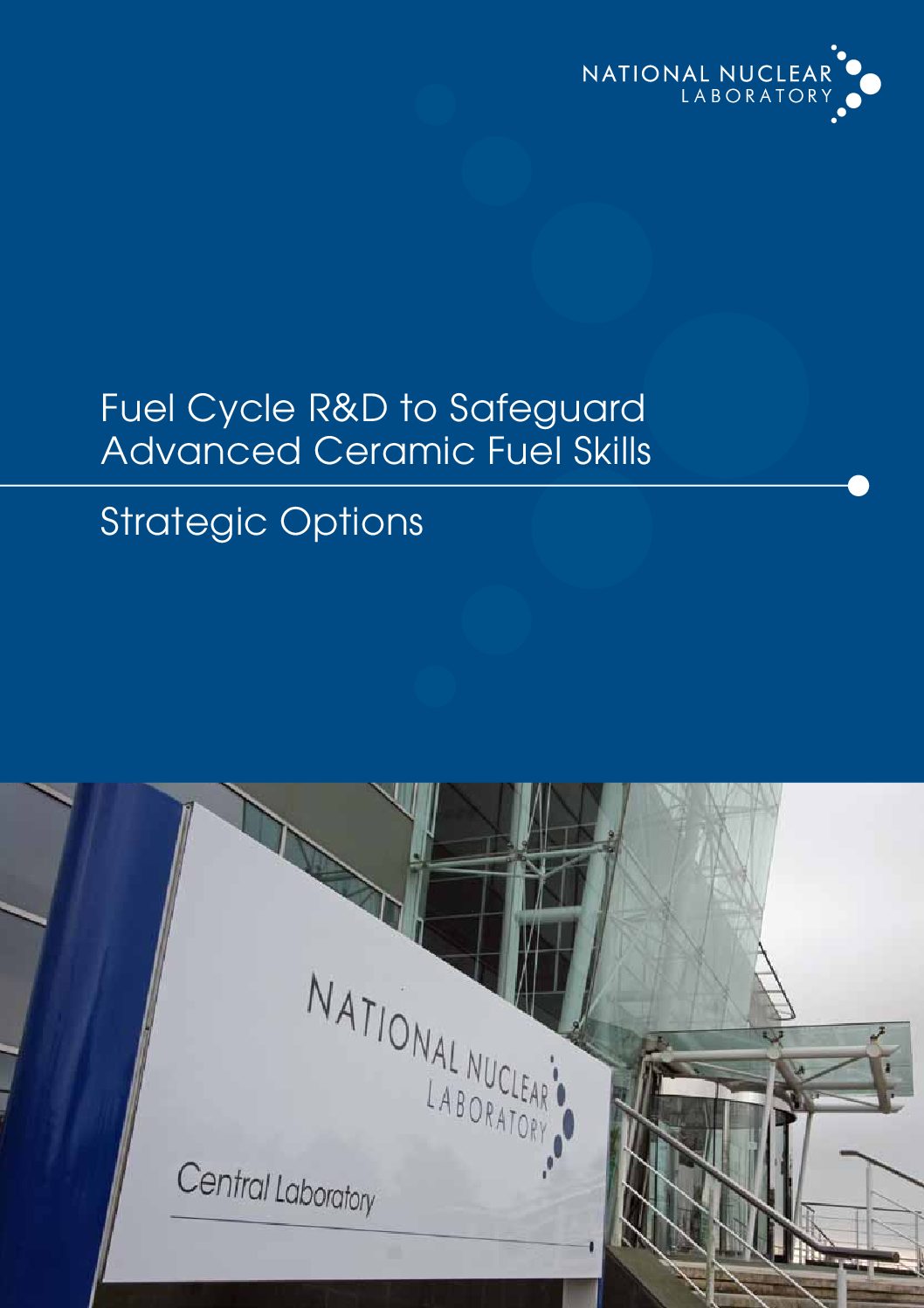
Fuel Cycle R&D to Safeguard Advanced Ceramic Fuel Skills
Read more
Nuclear energy is a mature, reliable and low-carbon technology and is viewed by many as an essential contributor to a sustainable energy mix. In many countries, policy concerning the back end of the fuel cycle has yet to be resolved and many have yet to finalise their plans for geological disposal. Decisions on open vs closed fuel cycles will be dependent on the speed at which new fuels and reactor technologies are developed and on ultimate power generation requirements. As such, advanced reactor and fuel cycle research has an important role to play in setting out the most appropriate scenarios for nuclear energy deployment for the remainder of this century.
This paper sets out the rationale for a fuel manufacturing R&D programme together with the skills and expertise required to implement it.
Download PDF
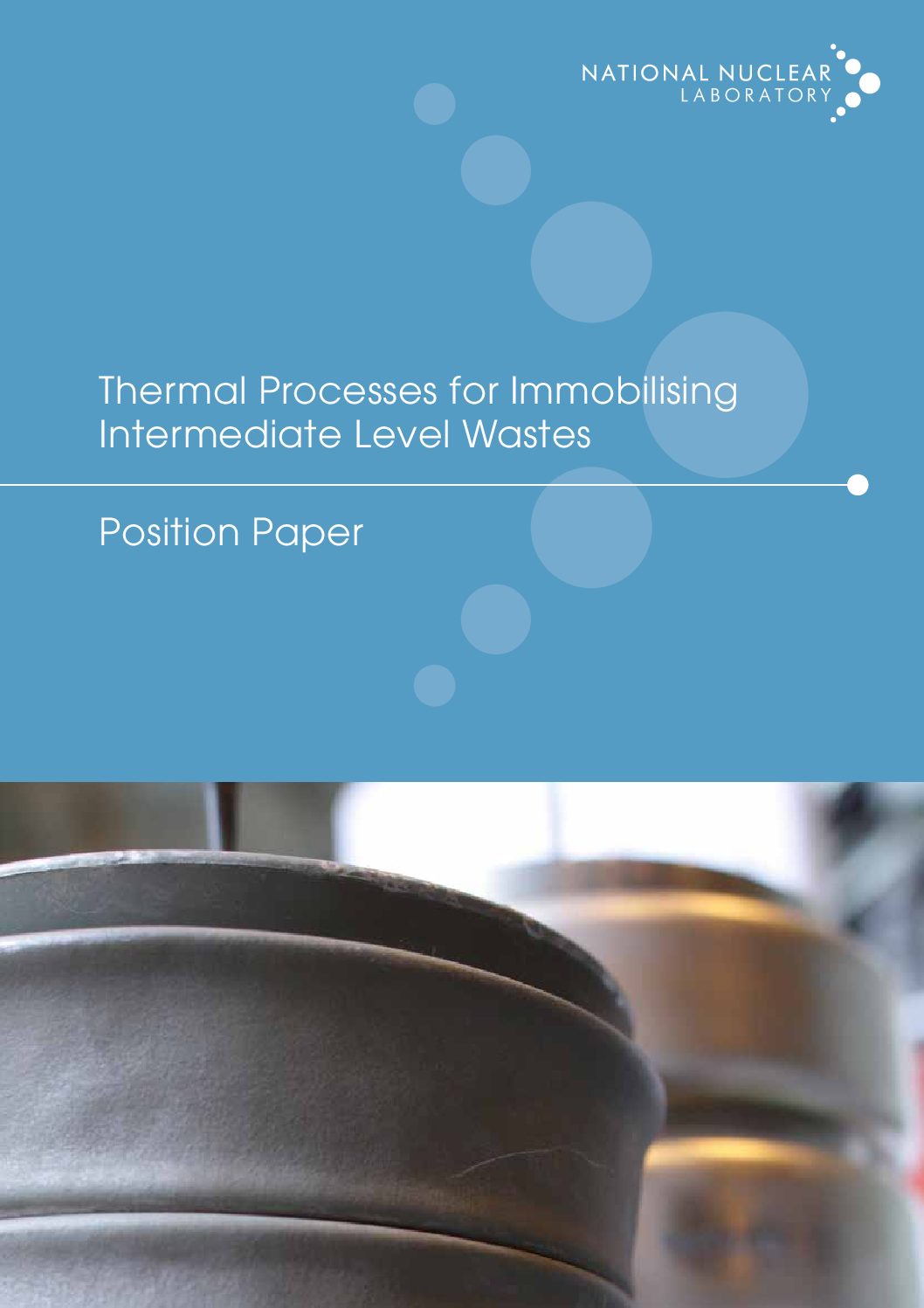
Thermal Processes for Immobilising Intermediate Level Wastes
Read more
The UK has gained experience of a number of processes for the immobilisation of radioactive waste over several decades. This experience comprises development of product formulations, immobilisation processes, as well as commissioning, operating and optimising immobilisation plants and includes innovations that have been adopted internationally.
Since 1991, high level liquid waste from reprocessing has been vitrified using a French process for inductive heating of calcined liquid waste, whilst most operational intermediate level wastes have been directly encapsulated in cement. Although substantial progress has also been made in the vitrification of high level wastes produced before 1991, there remain a number of legacy intermediate level wastes from these earlier days of reprocessing for which decisions on immobilisation have yet to be made.
Thermal processes have the potential to provide high quality glass and ceramic based waste products and may offer significant savings on operational and disposal costs of these wastes due to the potential for reduced volume in comparison with cementation. A wide range of thermal processes exist worldwide that could be used for immobilisation of some of these UK legacy wastes.
This paper discusses the potential benefits of thermal processes as well as the challenges that would need to be overcome to implement thermal processes for intermediate level wastes. The UK’s track record in operating Waste Vitrification Plant is discussed along with a range of other technologies which could be applied for ILW.
Download PDF

